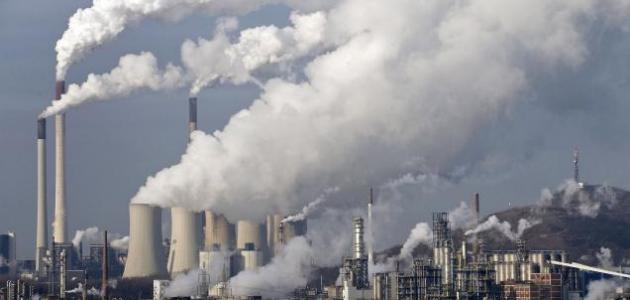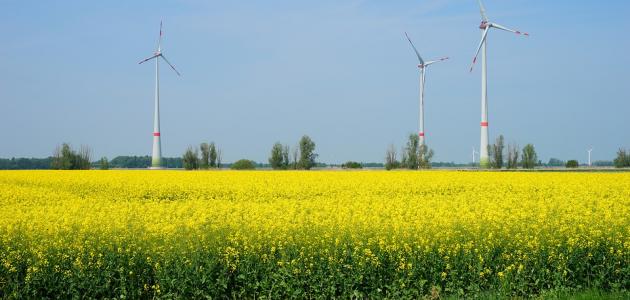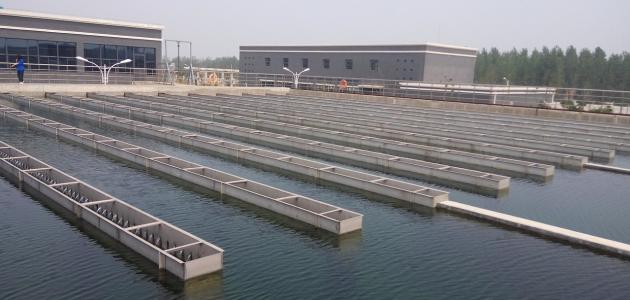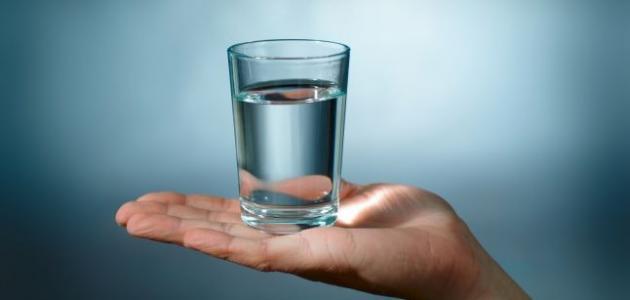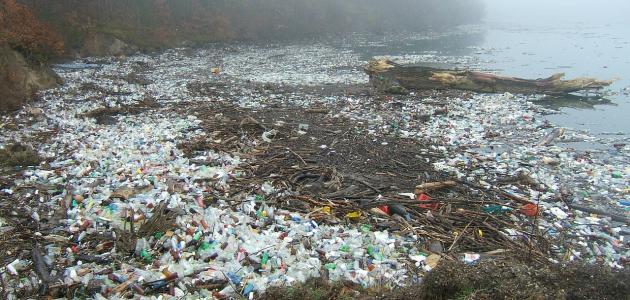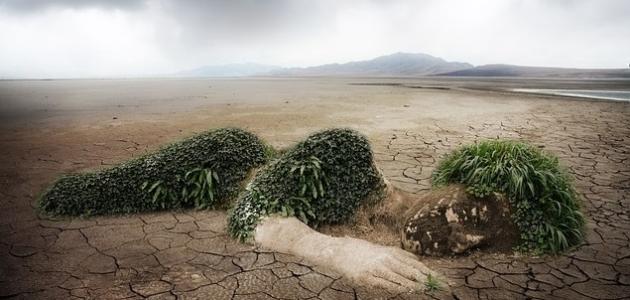Sewage water treatment
Wastewater treatment is a process that purifies and cleans wastewater from pollutants and impurities, through a set of biological, physical, and chemical processes. To become suitable for different uses without human use, and this process is considered extremely important. Due to the microbes that this water carries that cause various diseases, in addition to the fact that it destroys aquatic life if it reaches the sea or river, in addition to its unpleasant odor and rotting, therefore, every country must provide a sewage system for its citizens. In this article, we will discuss the stages in which the wastewater treatment process takes place.
stages of wastewater treatment
In treatment plants
Physical or mechanical treatment stage:
- Filtering: Filtering depends on iron screens for three stages through which the wastewater passes. With the aim of getting rid of all large stuck objects, such as: bags, stones, and some living organisms, such as: mice, and all of these wastes are caused by wrong human behavior.
- Sedimentation: The goal of this step is to get rid of everything that is organic and suspended, as solid pollutants are removed from the water to be treated later anaerobically. To produce biogas and natural fertilizer.
- Skimming: This is the step in which all oils floating on the surface of the water are removed.
Biological or biological treatment stage:
Read also:results of water pollution- Aeration: The aeration process aims to get rid of the remaining organic materials in the water, by analyzing them with aerobic bacteria that are multiplied in oval-shaped aeration basins, but this process consumes a lot of energy to operate the pumps that produce air currents.
- Sedimentation: This step works in the opposite way to the previous step; The aerobic bacteria and organic materials that have been decomposed by the bacteria are eliminated. There are two types of sedimentation basins, some of which are circular and some of which are rectangular. The type of basin used depends on the area and the amount of water.
Chemical treatment stage: At this stage, the treated water is sterilized using chlorine and ultraviolet radiation. In order to prevent the growth and reproduction of bacteria, chemical treatment units are added to get rid of dangerous elements such as boron, with the addition of a special unit that reduces the percentage of salts present in the water. This unit works on the reverse osmosis system used in seawater desalination operations.
At home stations
Sedimentation ponds: It is more than one form of sedimentation basins. Its goal is to settle all the suspended materials in the water at the bottom of the basins, then withdraw all the materials and pollutants to anaerobic treatment plants to produce gas and fertilizer. This system is used to reduce wastewater pollution and wastewater as a precursor to reusing them in agriculture. Wet surfaces: Wet surfaces rely on a network of pipes that pour water into a layer of gravel located at a depth of 1-3 meters, and then benefit from it by planting energy crops or ornamental crops only on top of it. Excess water goes to sewage networks, and can be injected into special wells that return it to the water basins. Groundwater can also be used in some industries, and this treated water is a very important water source in many countries.
Read also:musk lake
